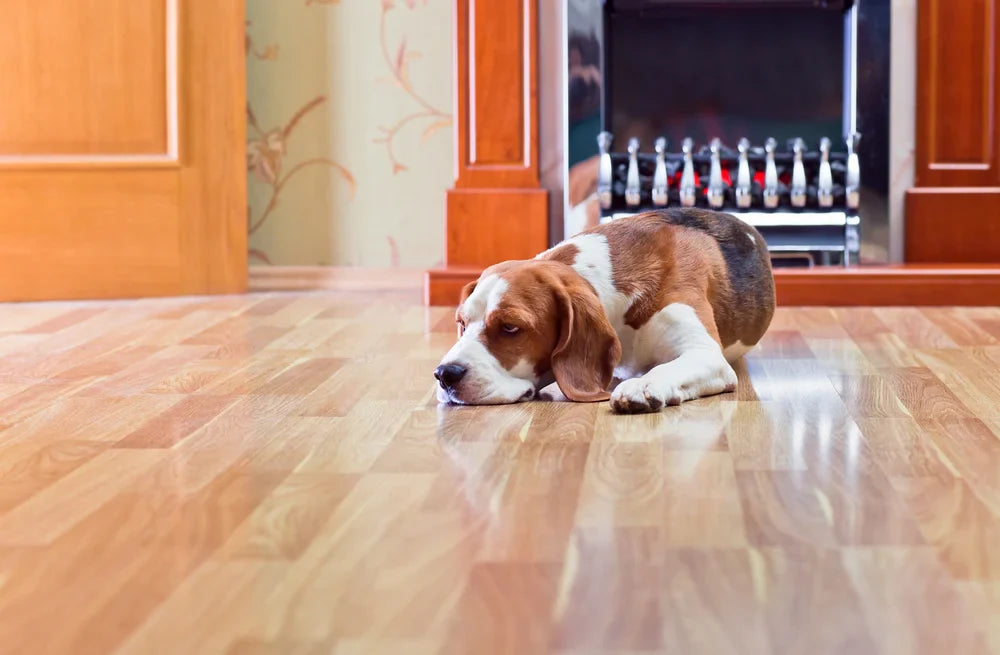What To Know About Installing Wood Floors In The Winter
Posted by WOCA WOODCARE

Installing hardwood floors enhances your home’s beauty and character. Plus, it adds a long-lasting investment in your home’s equity. However, installing wood floors during the wrong season can lead to some pretty unattractive and costly problems.
To help you decide the best time to install your floors, we’ve identified the main challenges and considerations for installing wood floors in the winter.
Why should you care what season it is?
The season you install wood matters because wood is a natural material that responds to its environment.
For example, hardwood installed in the summer when humidity is high will shrink come wintertime. Hardwood floors installed in the winter when humidity hovers around 25% - 35% are considered dry, which is great for oiling and staining rich tones because the wood readily absorbs the finish. Dry wood is not great during installation because when humidity levels rise again, the wood swells and can cause unsightly cracks and costly repairs.
How humid is your home?
Is it possible to safely install hardwood floors in the winter? Yes! But you have to have the humidity just right.
The first step is to regulate the humidity in the room as you install the floors. Moisture is the enemy of all wood. Too much, and you have swelling, damage to neighboring floorboards, and possible mold growth. Too little, and you’ll have shrinking and warping.
A seasoned installer will know how to regulate the humidity in your home by bringing in the aid of a humidifier. This ensures conditions are suitable for laying floors. They’ll also check the moisture levels of your subfloors to prevent cupping, which occurs when the bottom of your floorboards contains more moisture than the top.
Moisture in your wood is another reason to be careful of the products you’re using to clean. Use natural hardwood soaps and cleaners specifically for your floor type to maintain their value over the years.
Is your wood in peak condition for installation?
Another consideration for laying floors in the winter is allowing the wood to acclimate to its environment. You can do this by stickering the wood for at least 10 days, which is piling wood in stacks with sticks between them to allow air to naturally circulate while also maintaining an even pressure throughout the pieces to limit cupping or warping that occurs during the drying process.
Once they are installed and properly finished, simply maintain them with products that clean and protect from everyday wear and tear:
WOCA Natural Soap Hardwood Floor Cleaner
Is your installer overbooked?
The most critical piece of the puzzle is your installer. Professional wood floor installers will be able to find the exact humidity your home needs for pristine and beautiful wood floors. Because there is more work for contractors during the summer, wintertime is the best time to book a quality professional.
Work closely with your installer to identify the finish, wood species, and characteristics of your floor. This will make it easy to maintain as the years pass by.
WOCA Woodcare products are plant-based and eco-friendly. That means they don’t give off volatile organic compounds that can make you sick, and they don’t pollute the environment. So you get to have a beautiful home without the harsh chemicals. Try our subscription plan to receive woodcare products on your own schedule and make it easy to maintain your floors.

